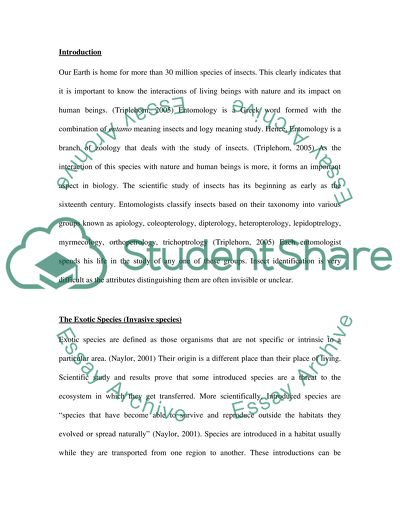Cite this document
(“Invasive Exotic Species Essay Example | Topics and Well Written Essays - 1750 words”, n.d.)
Invasive Exotic Species Essay Example | Topics and Well Written Essays - 1750 words. Retrieved from https://studentshare.org/miscellaneous/1524512-invasive-exotic-species
Invasive Exotic Species Essay Example | Topics and Well Written Essays - 1750 words. Retrieved from https://studentshare.org/miscellaneous/1524512-invasive-exotic-species
(Invasive Exotic Species Essay Example | Topics and Well Written Essays - 1750 Words)
Invasive Exotic Species Essay Example | Topics and Well Written Essays - 1750 Words. https://studentshare.org/miscellaneous/1524512-invasive-exotic-species.
Invasive Exotic Species Essay Example | Topics and Well Written Essays - 1750 Words. https://studentshare.org/miscellaneous/1524512-invasive-exotic-species.
“Invasive Exotic Species Essay Example | Topics and Well Written Essays - 1750 Words”, n.d. https://studentshare.org/miscellaneous/1524512-invasive-exotic-species.


